We had sailed overnight from Rabida to get to Santiago Island, which was the second island visited by Charles Darwin. It's the island in the centre of the Galapagos archipelago. This island was formed from a shield volcano. This type of volcanic structure is recognized by low, flat summits surrounded by extensive fields of lava flow; the lava is not very viscous, so it can flow for great distances from the source vents. As well as lava flows, other volcanic features called tuff cones are visible on the eastern and western sides of the island. Cones are formed by rapid interaction of hot flowing lava and water. We had another 7.30am start for breakfast and then we were to take a short hike to the playa Espumilla on Santiago Island.
Playa Espumilla- James Bay
So as usual we took the dinghy to the island and it was another wet landing in the sea
. On this island, the sand was just the usual sandy colour. Sol took us for a walk along the beach. At first I couldn't see any wildlife, so didn't think there were any animals that lived on this section of the beach. We were told about the area and taken to a place where turtles come to nest to lay their eggs. We got to see the turtle trails, but no turtles. The trails from the turtles came from the sea, right up to the edge of the beach. We found out that turtles lay about 100 eggs, however, out of those 100 only 2-3 turtles will actually make it right through to adulthood, so life is very precarious for those young hatchlings. It would have been lovely to see a turtle laying an egg or some of the hatchlings, but they lay their eggs at night and bury them in the sand. There wasn't any sign of the eggs, just the turtle trails, so it must have laid the eggs the previous evening. What we did see right next to the nest of eggs was the Galápagos hawk, it must have been waiting for the turtles to hatch, I do hope most of them survive
.
Once we started walking down the beach, we saw loads of tiny crabs all moving, however, as you get closer, they all start darting in their holes for cover. You couldn't get to see them up close, only when you zoom in with a lens could you see them. We asked Sol what these crabs were called and they are ghost crabs- must be because you can't actually see them close. What you could notice on walking past their holes was little balls of sand, Sol told us that they extract the minerals from the sand that they require as nutrients, and then spit out the rest of what they don't need. There are also little trails of where the crabs have been, so you could easily find them. After we walked further down the beach, and came to a nesting site of the Galápagos hawks, there were many of them nesting in some low lying trees, some on eye level. You could walk right up next to them and they were not even scared or didn't fly away from us. It was amazing to see these birds up close, as the other day, we could only see them from afar
. We took some close up pictures and then it was time to head back to the dinghy where we were going for a ride around the coastline of Santiago. During the ride, we saw some lovely volcanic rock formations in the sea, blue-footed boobies, sea lions, Sally Lightfoot crabs and some pelicans. I tried to take some pictures of the boobies but we were moving, so they were slightly blurry. Hopefully we'll get to see some more of these birds again.
After the dinghy ride, it was back to the boat ready to go snorkelling again, so we hopped back on board to get changed into our wetsuits. I was gaining more confidence with each snorkel session that I was doing, so with 2 sessions a day, I should become a pro by the end of our cruise. This time, it was a session snorkelling from the boat, which I preferred, so we got back into the water again. The waters were colder here and the current was stronger, so needless to say, I was a bit panicky again. I carried on, as the other guys had said there was a turtle in the water close by, so I really wanted to see one swimming nearby to me
. I'd seen a few fish but not much else and was dying to see the turtle. Michelle called everyone to say the turtle was over there, so we all swam towards it so we could see it. Eventually, when I made it over to where the turtle was, I could see it floating by so gracefully, it had no fear of us at all, and just carried on it's own business with us just all in awe of it. That made my day swimming right near the turtle, I just hovered around it for a while as it was just underneath me, then it swam off after a while. All in all, it was a very successful snorkel, even if the current was quite strong, it was worth it. We got back in the dinghy afterwards and went back to the boat, where yet, more hot chocolate was waiting for us. Meanwhile, the boat set sail towards our next adventure; Buccaneers Cove.
Caleta Bucanero (Buccaneers Cove)
Buccaneers Cove served as a safe haven for pirates, sailors and whalers during the 18th and 19th century
. Anchoring in the protected bay they were able to make much needed repairs to their ships while other men went a-shore to stock up on salt, tortoises, fresh water and firewood. Several years ago ceramic jars were found at the bottom of the bay, the disregarded cargo of some mariner from years gone by. Inside the jars were supplies of wine and marmalade. We were not able to land here, so we had to sail on the boat very slowly around the bay. We got to stand right at the front of the boat, just in front of the captain- who gave us a little wave. Sol called us all up to the front of the boat and explained about what the cove was used for many years ago. We could see the shapes of the volcano rock formations from millions of years ago, and there were many little caves and large rock statues that had formed. We didn't get close up enough to see any wildlife here. On the way back from seeing the cove, Sol told us to look out for the praying monk formation, as when you pass this, you will see that it's actually the shape of a praying monk
. I couldn't notice this when sailing past on the way there, but on the way back, it was obvious what it looked like. There were many interesting rocks and it was great to sail past these and admire the views. Once the sailing trip was over, we had another snorkelling session to attend.
Puerto Egas - snorkelling and walking
Our afternoon landing took us to Puerto Egas on Santiago Island, which is a long lava rock shoreline where marine iguanas feed on the green algae. We snorkelled first, then the dinghy took us into the shoreline, where we saw many more Sally Lightfoot crabs. There were also loads of fur seals basking in the sun. We walked around the bay and had to watch our step so not to tread on the iguanas. The terrain had big black lava rocks off the shoreline which made the place look really picturesque. Once we came to the site where many of the marine iguanas were lazing by the sea, I really felt like I knew the landscape from around here as I'd seen it on the documentary that David Attenborough did on the Galápagos Islands
. It was pretty cool being at this site and we sat near the iguanas taking some group pictures of everyone. Then another group of tourists came and started doing the same thing, so it was time for us to move on. We started walking back to towards the beach and went a different route and got to see some nesting sites for the blue-footed boobies. After our walk it was time to head back to the boat ready for dinner. We watched the sun go down and then our briefing for the next day followed by some gourmet food for dinner. Afterwards, the group came together and tonight Michelle wanted to play pictionary so we all sat in the living room to play. By this time, the boat journeys were starting to become more rough and I think people were starting to feel sick. Needless to say, we didn't play this for too long, and we decided to retire to bed before the boat became too rough.
Galápagos Islands day 3- Santiago Island
Wednesday, August 21, 2013
 Galapagos Islands, Ecuador
Galapagos Islands, Ecuador
Other Entries
-
2The journey begins....
Jul 1141 days prior London Heathrow, United Kingdomphoto_camera6videocam 0comment 0
London Heathrow, United Kingdomphoto_camera6videocam 0comment 0 -
3Connecting flight Madrid-Bogota
Jul 1240 days prior Madrid, Spain and Canary Islandsphoto_camera0videocam 0comment 0
Madrid, Spain and Canary Islandsphoto_camera0videocam 0comment 0 -
4Bogota colder than England....
Jul 1339 days prior Bogota, Colombiaphoto_camera142videocam 0comment 3
Bogota, Colombiaphoto_camera142videocam 0comment 3 -
5Caribbean here we come.... Or not?
Jul 1735 days prior Cartagena, Colombiaphoto_camera41videocam 0comment 1
Cartagena, Colombiaphoto_camera41videocam 0comment 1 -
6So we bathed in some sloppy mud volcano.....
Jul 1834 days prior Cartagena, Colombiaphoto_camera16videocam 0comment 6
Cartagena, Colombiaphoto_camera16videocam 0comment 6 -
7Santa Marta- the lost city... well boots actually!
Jul 2032 days prior Santa Marta, Colombiaphoto_camera123videocam 0comment 0
Santa Marta, Colombiaphoto_camera123videocam 0comment 0 -
8Jungle meets beach at Tayrona Park
Jul 2626 days prior Santa Marta, Colombiaphoto_camera136videocam 0comment 2
Santa Marta, Colombiaphoto_camera136videocam 0comment 2 -
9Palomino- where the beach is just a beach...
Jul 2725 days prior Palomino, Colombiaphoto_camera147videocam 0comment 0
Palomino, Colombiaphoto_camera147videocam 0comment 0 -
10Getting to know Escobar and the city of Medellin
Jul 3022 days prior Medellin, Colombiaphoto_camera108videocam 0comment 0
Medellin, Colombiaphoto_camera108videocam 0comment 0 -
11Coffee farms and tall wax palms in Valle de Cocora
Aug 0417 days prior Salento, Colombiaphoto_camera160videocam 0comment 0
Salento, Colombiaphoto_camera160videocam 0comment 0 -
12Just an overnight stop in transit
Aug 0813 days prior Popayan, Colombiaphoto_camera6videocam 0comment 0
Popayan, Colombiaphoto_camera6videocam 0comment 0 -
13In and around Otavalo open air markets
Aug 0912 days prior Otavalo, Ecuadorphoto_camera121videocam 0comment 0
Otavalo, Ecuadorphoto_camera121videocam 0comment 0 -
14Quito- Gateway to the Galapagos...
Aug 138 days prior Quito, Ecuadorphoto_camera42videocam 0comment 2
Quito, Ecuadorphoto_camera42videocam 0comment 2 -
15Cotopaxi the top of my world at 5,000 metres.....
Aug 174 days prior Cotopaxi, Ecuadorphoto_camera108videocam 0comment 0
Cotopaxi, Ecuadorphoto_camera108videocam 0comment 0 -
16One day to go until the Galápagos Islands...
Aug 183 days prior Quito, Ecuadorphoto_camera0videocam 0comment 0
Quito, Ecuadorphoto_camera0videocam 0comment 0 -
17Galápagos Islands day 1- Santa Cruz Island
Aug 192 days prior Galapagos Islands, Ecuadorphoto_camera70videocam 0comment 0
Galapagos Islands, Ecuadorphoto_camera70videocam 0comment 0 -
18Galapagos Day 2- Chinese Hat and Rabida Islands
Aug 201 day prior Galapagos Islands, Ecuadorphoto_camera108videocam 0comment 0
Galapagos Islands, Ecuadorphoto_camera108videocam 0comment 0 -
19Galápagos Islands day 3- Santiago Island
Aug 21 Galapagos Islands, Ecuadorphoto_camera114videocam 0comment 1
Galapagos Islands, Ecuadorphoto_camera114videocam 0comment 1 -
20Galápagos day 4- Fernandina and Isabella Islands
Aug 221 day later Galapagos Islands, Ecuadorphoto_camera92videocam 0comment 0
Galapagos Islands, Ecuadorphoto_camera92videocam 0comment 0 -
21Galápagos Islands day 5- Isabella Island
Aug 232 days later Galapagos Islands, Ecuadorphoto_camera65videocam 0comment 0
Galapagos Islands, Ecuadorphoto_camera65videocam 0comment 0 -
22Galápagos day 6- Sierra Negra and Wall of Tears
Aug 243 days later Galapagos Islands, Ecuadorphoto_camera58videocam 0comment 0
Galapagos Islands, Ecuadorphoto_camera58videocam 0comment 0 -
23Galápagos day 7- Santa Cruz and John's birthday...
Aug 254 days later Galapagos Islands, Ecuadorphoto_camera70videocam 1comment 0
Galapagos Islands, Ecuadorphoto_camera70videocam 1comment 0 -
24Galápagos day 8 ,9 & 10 San Cristobel and farewell
Aug 265 days later Galapagos Islands, Ecuadorphoto_camera108videocam 0comment 0
Galapagos Islands, Ecuadorphoto_camera108videocam 0comment 0 -
25Banos- thermal springs and time to relax...
Aug 309 days later Banos, Ecuadorphoto_camera67videocam 0comment 0
Banos, Ecuadorphoto_camera67videocam 0comment 0 -
26Cuenca breaks up the long journey to Peru
Sep 0313 days later Cuenca, Ecuadorphoto_camera0videocam 0comment 0
Cuenca, Ecuadorphoto_camera0videocam 0comment 0 -
27We've arrived in Peru at long last
Sep 0414 days later Mancora, Peruphoto_camera37videocam 0comment 0
Mancora, Peruphoto_camera37videocam 0comment 0 -
28Huanchaco, Chan Chan and Trujillo
Sep 0818 days later Huanchaco, Peruphoto_camera105videocam 0comment 0
Huanchaco, Peruphoto_camera105videocam 0comment 0 -
29Huaraz gateway to the Cordilera Blanca mountains
Sep 1020 days later Huaraz, Peruphoto_camera89videocam 0comment 0
Huaraz, Peruphoto_camera89videocam 0comment 0 -
30Lima- city covered in fog...
Sep 1525 days later Lima, Peruphoto_camera36videocam 0comment 0
Lima, Peruphoto_camera36videocam 0comment 0 -
31Ballestas Islands- like Galápagos...?
Sep 1828 days later Paracas, Peruphoto_camera84videocam 0comment 0
Paracas, Peruphoto_camera84videocam 0comment 0 -
32Sand boarding and dune buggying in the desert
Sep 2232 days later Huacachina, Peruphoto_camera116videocam 5comment 0
Huacachina, Peruphoto_camera116videocam 5comment 0 -
33Nasca lines- what's the fuss about...
Sep 2333 days later Nasca, Peruphoto_camera28videocam 0comment 0
Nasca, Peruphoto_camera28videocam 0comment 0 -
34Getting ready for a trek of a lifetime!
Sep 2434 days later Cusco, Peruphoto_camera68videocam 0comment 0
Cusco, Peruphoto_camera68videocam 0comment 0 -
35Machu Picchu- Day 1
Sep 2737 days later Machu Picchu, Peruphoto_camera101videocam 0comment 0
Machu Picchu, Peruphoto_camera101videocam 0comment 0 -
36Machu Picchu- Day 2
Sep 2838 days later Machu Picchu, Peruphoto_camera46videocam 0comment 0
Machu Picchu, Peruphoto_camera46videocam 0comment 0 -
37Machu Picchu- Day 3 a Special Birthday
Sep 2939 days later Machu Picchu, Peruphoto_camera149videocam 0comment 0
Machu Picchu, Peruphoto_camera149videocam 0comment 0

 Galapagos Islands, Ecuador
Galapagos Islands, Ecuador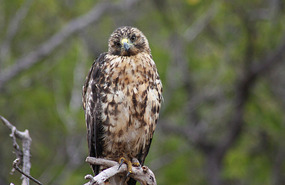
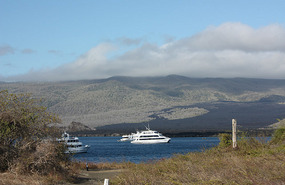
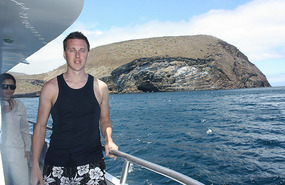
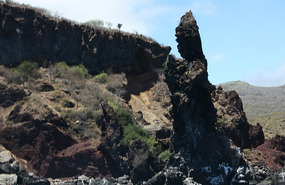
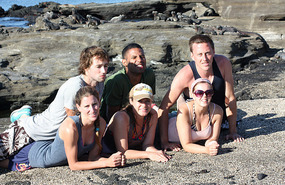
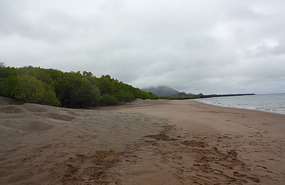
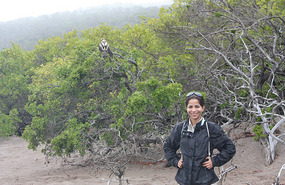







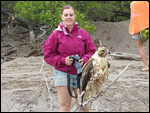
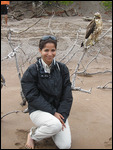
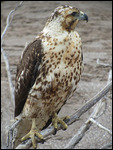




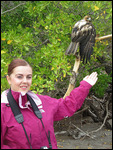
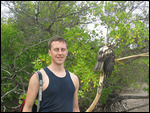







































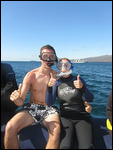
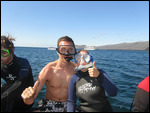

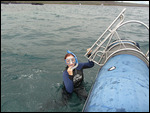
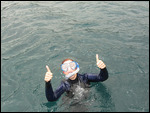



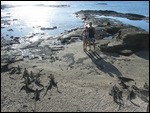
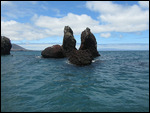
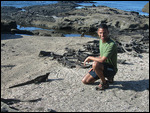
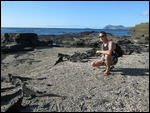

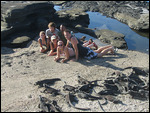

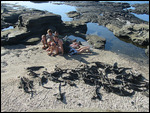

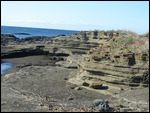

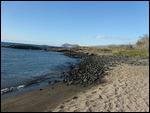
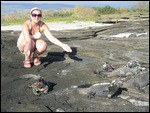



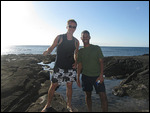

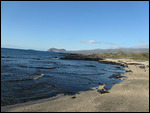



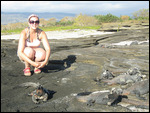


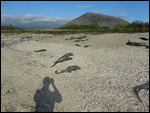
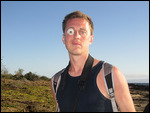

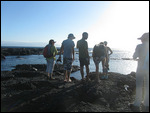


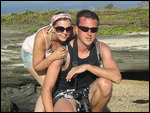
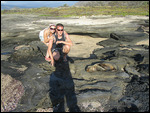


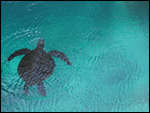
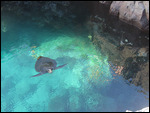












2025-05-22